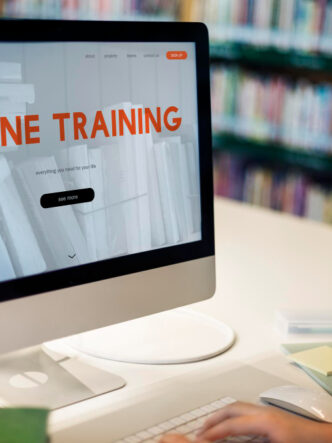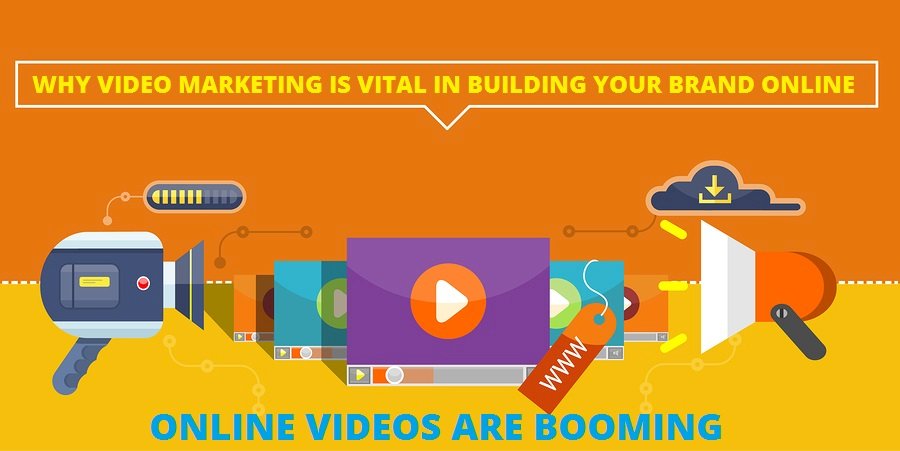Videos are beneficial tools to help students digest information. It’s often said of pictures that a single picture is worth a thousand words. How about, then, an almost literal combination of thousands of pictures? An educational video is one of the best ways to help students understand difficult concepts.
In higher institutions, both in and out of the United States, the use of videos has been on the rise in all fields of discipline. This is especially true for literacies that have more abstract concepts such as sciences (quantum mechanics, etc.), languages, humanities and the arts. These and more courses would greatly benefit from having concepts relayed to the student via both audio and visual feedback.
Of all the modern concepts used to better learning experience, the video has been established to be the most intensive, and by extension more effective than most other technological (and traditional) means.
Why use an educational video?
Regardless of whether you stream videos from YouTube or straight from your personal website where you host videos through private hosting, the students will experience several benefits. Research carried out in various institutions worldwide has shown some of the benefits accrued include:
- Reduce leaning load – well-developed videos with useful animations have been demonstrated to improve understanding and boost retention of learned information. Additionally, a video is very active for teaching difficult learning concepts.
- Multimodal learning – introducing video to the normal learning process induces a type of learning known as multimodal learning. This is a model of learning where different types of learning are incorporated together. This model has been observed to lead in more gains in learning as compared to traditional methods.
- Increasing engagement – not every student likes to hunch over their books in order to study. Using a video presentation will lead to helping such students engage through the use of images and animation. Established video engagement is also easier to attain and retain than getting students to concentrate in class.
Keep in mind, however, that integrating a video presentation doesn’t improve the quality of education students receive overnight. It’s still subject to the methodology the teacher chooses to adopt. Higher quality education thus begins with better teaching practices from the teachers themselves.
Teacher videos
One note, the teacher could find resources they believe would benefit the student’s learning experience. Such videos can either be salvaged off popular video hosting sites such as YouTube or created manually.
Taking students on virtual field trips
Courses that require practical knowledge such as visiting industries and seeing machines would see significant gains from creating great videos without leaving the classroom. This should especially prove useful if circumstances prevent visitation to such sites. Give a guided tour of the ISS, the Seven Wonders of the World or even places long gone like the Colosseum in Rome in all its glory.
Introduce a new class or unit
Introducing something new into the learning process can be harrowing. When beginning a new unit, for instance, expose the students to concepts they are going to be learning via videos. There are no guarantees students are going to be excited about everything that will be thrown at them, especially in more ‘difficult’ units such as trigonometry. It’s a pretty good way, however, to build anticipation and retain the concentration of the student.
It bears nothing, however, that not every unit should use a video presentation for the sake of it. Does using a video address the concepts you wish to teach more effectively?
Various parts of any lecture translate correctly in a video but other elements such mathematical solving problems demand more effort on your part. Other parts that also warrant physical effort from you include engaging the student in discussions (or possibly using Google Hangouts for conferencing). Whereas video engagement is a definite plus, for the most part, you should think carefully about where in your course an educational video can be adopted.
Recording in-class activities
Almost half of every single student’s day is spent in school. It would be in the parents’ best interest to be informed of what the students have been up. One way to do this would be by photographing physical field trips or other such activities and compiling them into an exciting video. For instance, this helps parents with language barriers feel included in the learning process.
Student videos
Video research projects or assignments
For their research projects, students can create a video of relevant information and show it to you rather than assigning a paper. On the other hand, you can also give the option of either a document or a video. Letting the students exploit their strengths can also help them ease into the learning process, and they learn what they are capable of. Once again, it bears consideration how plausible it will be for the student to create a video with regards to the topic at hand.
A good example would be adding a little pizazz to the traditional school book report by encouraging users to create ‘trailers’ of sorts. Here, they can discuss the central themes of the story and feature the main plot points. They can partner with each other or even seek the help of professionals to curate their content. The videos can then be uploaded to a video hosting site such as YouTube or Dailymotion.
Conclusion
Videos are a known powerful medium of passing on information to the student, but they need to be created with an eye for effectiveness. Depending on the platform you choose to use, for instance, you could even integrate a video call to action, requiring students to interact and answer questions.
Along the way, be sure to remember that video isn’t a magic solution to the ineffectiveness of current teaching solutions. It’s merely meant to supplement them and make more clear aspects that would benefit from visual feedback and detailed analysis. As you change how you approach the education process via an educational video, ensure you have the right material to support learning all the way through.
















